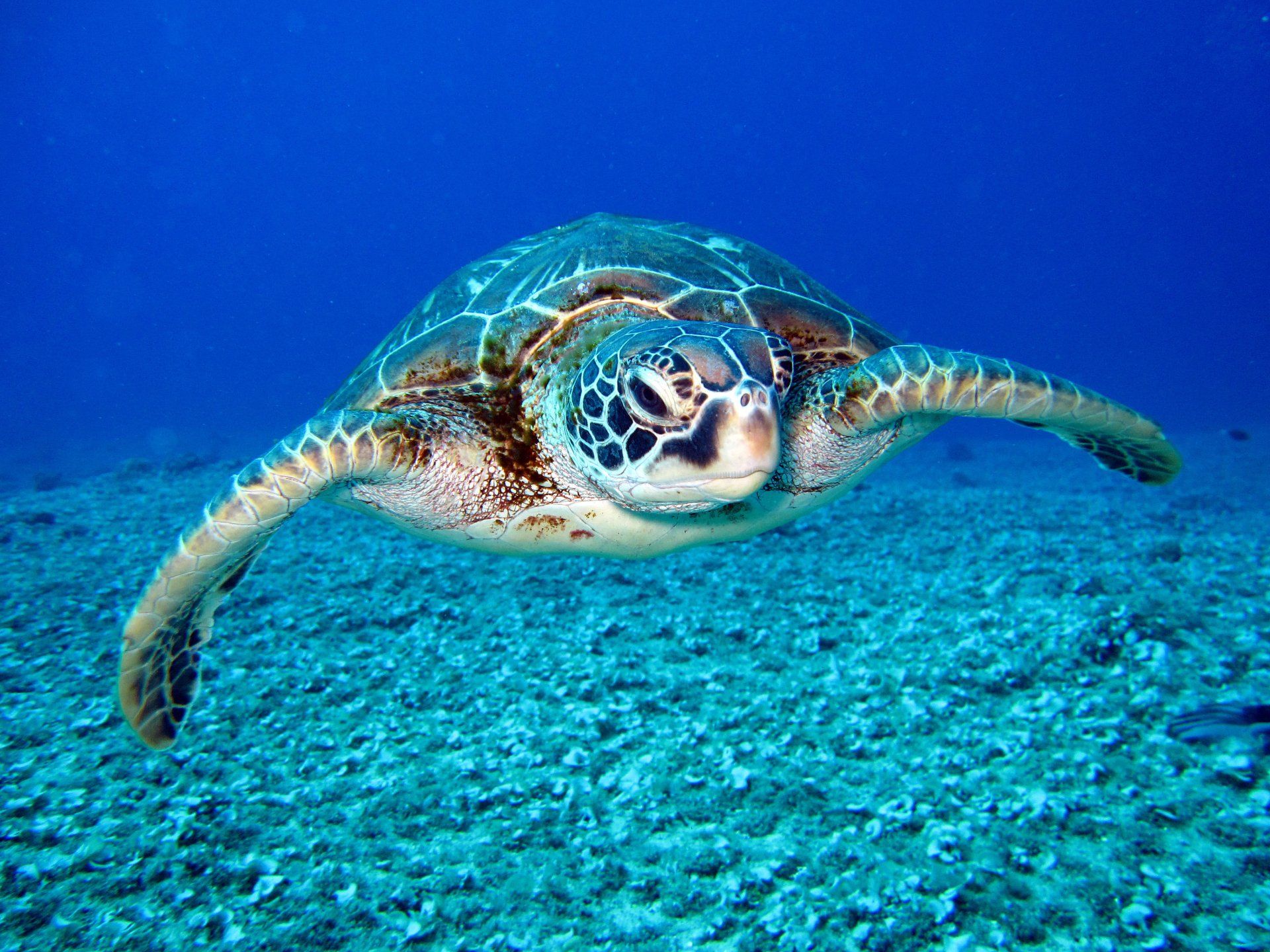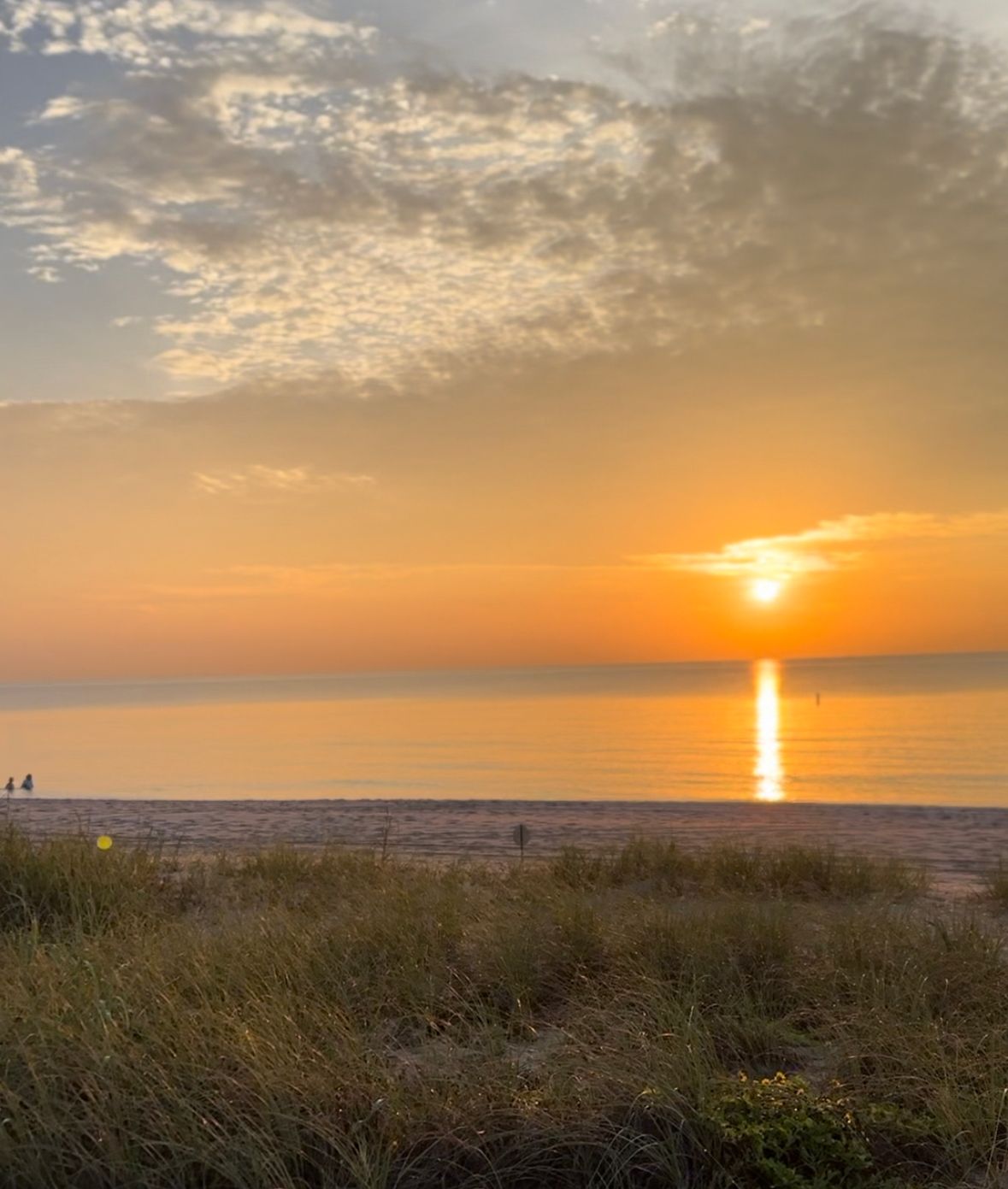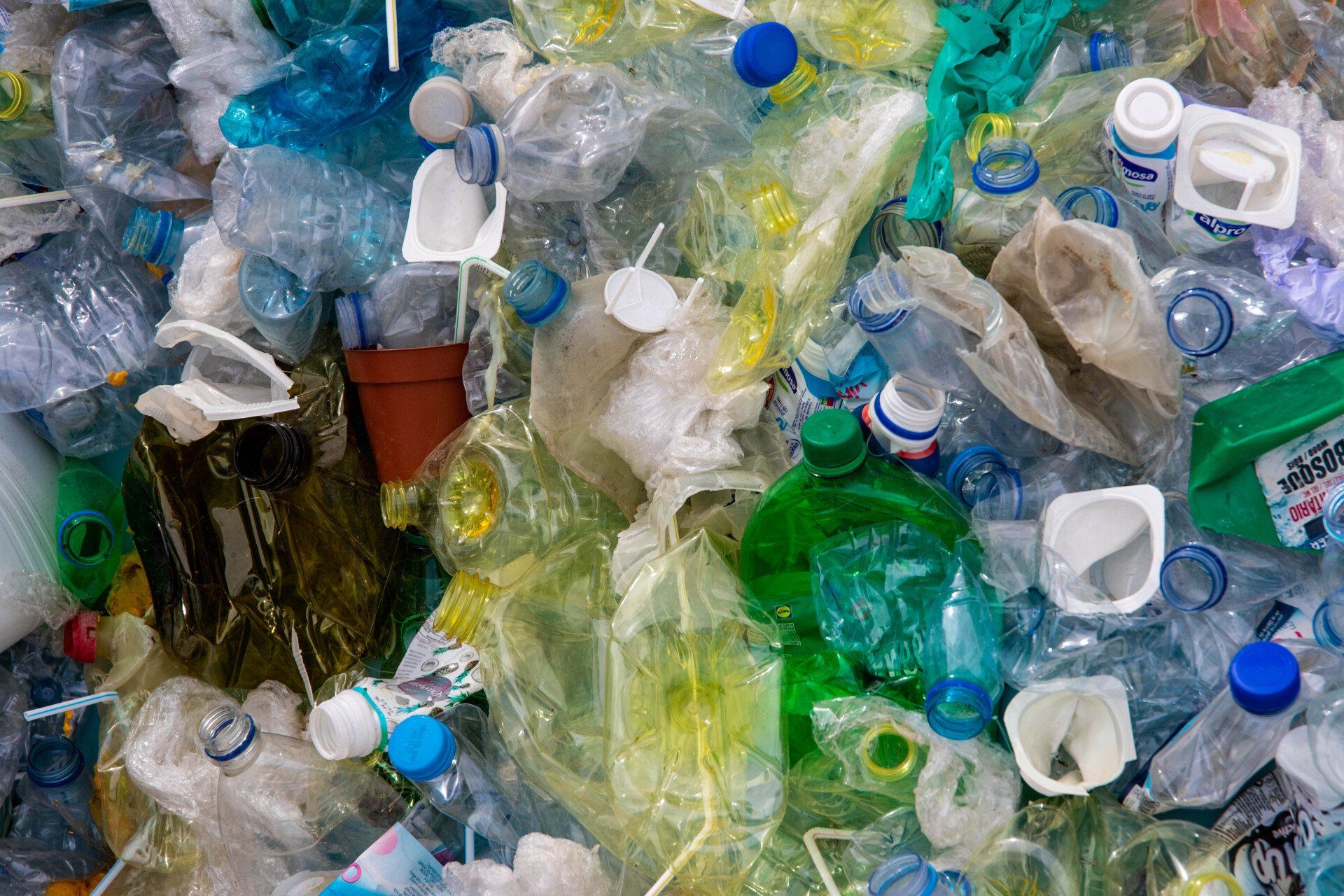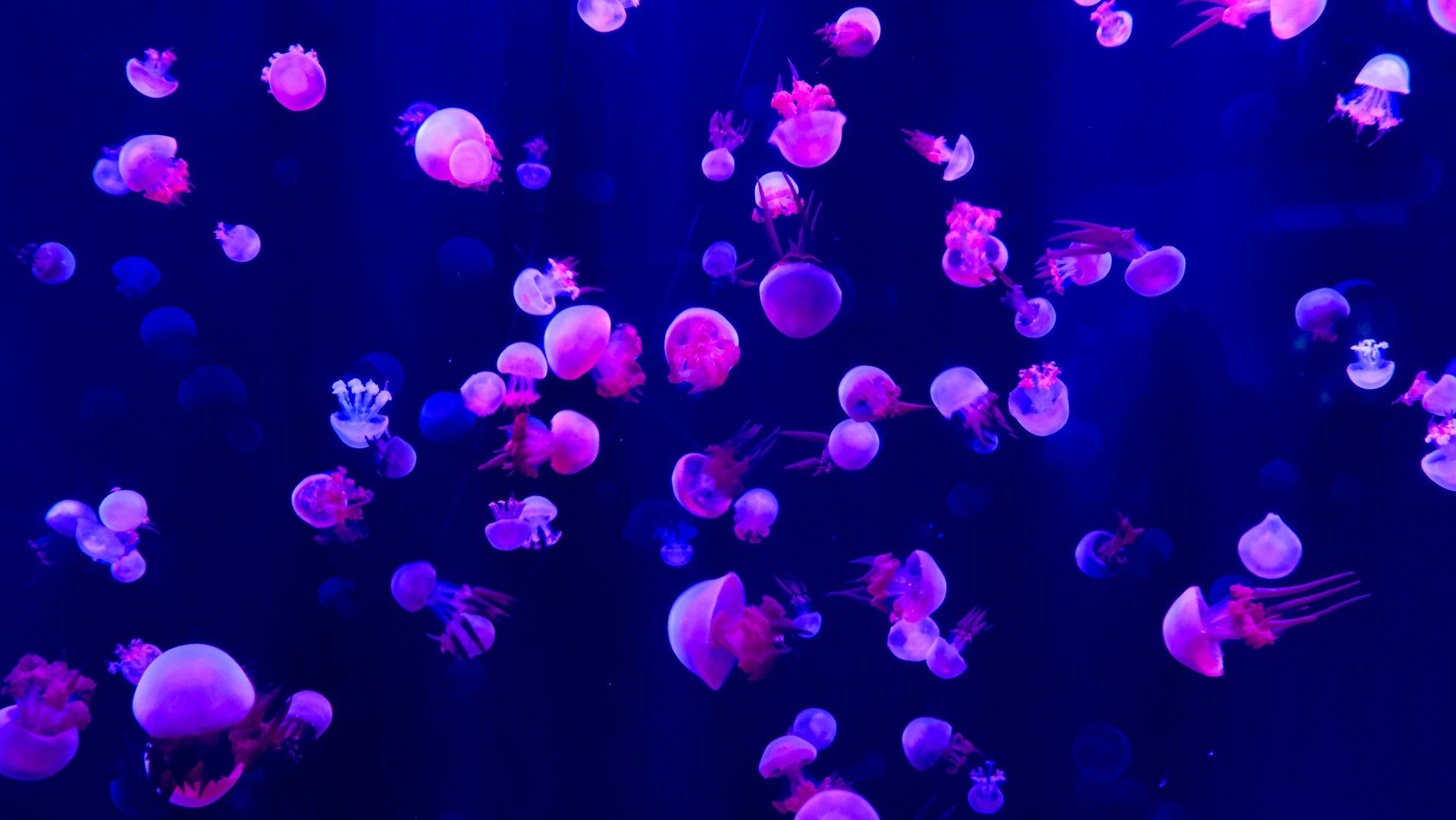Saving Sea Turtles: Battling Ocean Waste and Microplastics
Saving Sea Turtles: Battling Ocean Waste and Microplastics

The vast oceans of our planet are not only home to remarkable marine life but also the repository of humanity's waste. Plastic pollution, particularly microplastics, poses an ever-growing threat to ocean ecosystems and the creatures that inhabit them, including the beloved sea turtles. In this blog post, we'll delve into the impact of ocean waste and microplastics on sea turtles and explore how we can be part of the solution to protect these magnificent creatures and their habitats.
The Plight of Sea Turtles
Sea turtles, ancient and majestic, have roamed our oceans for millions of years. Today, they face numerous challenges, and one of the most pressing is plastic pollution. These gentle giants often mistake plastic bags, straws, and other debris for their natural prey, such as jellyfish and sea grass. This tragic error can have devastating consequences.
When sea turtles ingest plastic, it can cause blockages in their digestive systems, leading to malnutrition and, in severe cases, death. In addition to ingestion, sea turtles can become entangled in plastic debris, restricting their movement and making them vulnerable to predators.
The Microplastics Menace
Microplastics, tiny fragments of plastic less than 5mm in size, are an insidious component of the plastic pollution crisis. They come from various sources, including the breakdown of larger plastic items and microbeads in personal care products. Microplastics have permeated our oceans, making them virtually impossible to escape.
When ingested by sea turtles, microplastics can cause a range of health issues. They disrupt digestion, decrease nutrient absorption, and may even introduce harmful chemicals into the turtles' systems. These effects are particularly concerning for young turtles, whose growth and development can be stunted by microplastic consumption.
What Can We Do to Help?
The situation may seem dire, but there are concrete steps we can take to address this issue and safeguard the future of sea turtles and our oceans. Here's how you can make a difference:
1. Reduce Plastic Consumption:
- Opt for reusable shopping bags, water bottles, and containers to reduce single-use plastic waste.
- Say no to plastic straws and choose alternatives like bamboo or stainless steel.
- Select products with minimal plastic packaging, and encourage brands to adopt eco-friendly packaging.
2. Properly Dispose of Waste:
- Ensure that your trash is securely sealed and doesn't end up in the ocean.
- Participate in local beach clean-ups and encourage your community to do the same.
3. Choose Eco-Friendly Personal Care Products:
- Check product labels for microplastic ingredients such as polyethylene and polypropylene.
- Support brands that use natural exfoliants like sugar or salt instead.
4. Advocate for Responsible Policies:
- Support legislation aimed at reducing plastic production and improving waste management.
- Join or donate to organizations dedicated to ocean conservation and the protection of sea turtles.
5. Spread Awareness:
- Educate yourself and others about the impact of plastic pollution on sea turtles and marine life.
- Share information on social media and engage in discussions to raise awareness.
6. Support Conservation Efforts:
- Contribute to sea turtle rescue and rehabilitation organizations.
- Participate in volunteering opportunities with local marine conservation groups.
7. Reduce Carbon Footprint:
- Climate change poses an additional threat to sea turtles and their habitats. Reduce your carbon footprint by conserving energy and supporting renewable energy sources.
Conclusion: A Collective Effort for Sea Turtle Survival
Sea turtles are icons of the ocean, and their survival depends on our collective action. By reducing plastic consumption, responsibly disposing of waste, and advocating for responsible policies, we can mitigate the harm of ocean waste and microplastics. Spreading awareness and supporting conservation efforts further strengthens our commitment to protecting these remarkable creatures and preserving the delicate ecosystems they call home.
The fate of sea turtles is intertwined with the health of our oceans, reminding us that every action, no matter how small, can make a significant impact. Let's work together to ensure a future where sea turtles can thrive in their natural habitats, free from the threat of plastic pollution.



